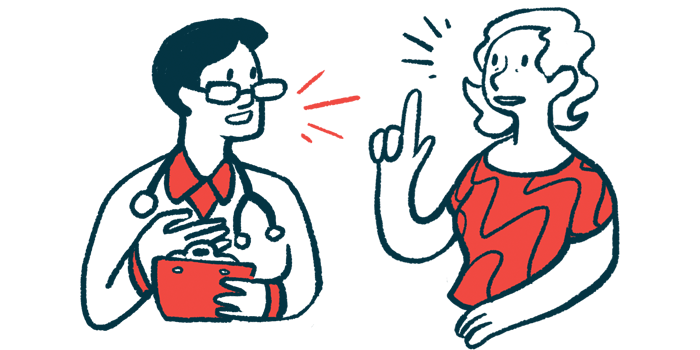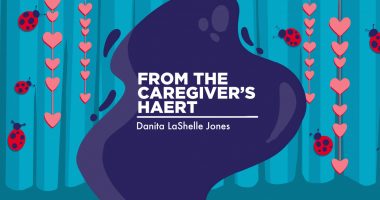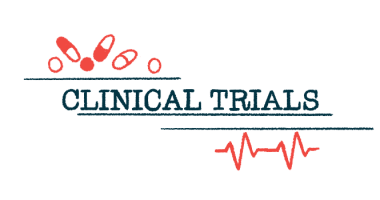US Patients Underreport Burden of HAE to Their Doctors, Study Says

The burden that hereditary angioedema (HAE) has on patients’ quality of life is seldom discussed during clinical visits, a U.S. study suggests.
The study also found that patients fail to fully describe disease symptoms during such appointments, so their struggles are not well-documented. Therefore, researchers recommend a more patient-driven approach so patients feel comfortable to share more information that could help optimize treatment approaches.
The study, “How do patients and physicians communicate about hereditary angioedema in the United States?,” was published in the journal PLOS One.
Communication between physicians and patients is key to successful healthcare, particularly in the case of a chronic illness like HAE.
Patients with rare, chronic diseases especially face challenges due to their doctors’ lack of awareness about their condition. As a result, they may feel the need themselves to become more knowledgeable about their disease and potential therapies.
Past research has shown that open and honest communication between patients and their physicians is important for treatment adherence. However, these types of studies are lacking in HAE.
In this observational study, researchers at Takeda Pharmaceutical and Verilogue assessed how communication dynamics among physicians, HAE patients, and their caregivers affect disease management.
Moreover, they set out to evaluate the emotional effects of an HAE diagnosis and identify potential communication gaps between patients and their healthcare providers.
They analyzed recorded conversations, conducted from January 2015 to May 2017, between physicians and HAE patients (and caregivers, if present). Besides these in-person consultations, the researchers resorted to additional sources of information, including follow-up dictations with physicians, telephone interviews with patients and physicians, and publicly available social media posts by patients.
In total, 14 physicians, 29 HAE patients, and four caregivers participated in the study. Five physicians and 24 patients (71% women) participated in in-office interviews. Among these patients, over half (58%) had private medical insurance. One patient had more than one recorded interview, and four patients were accompanied by caregivers.
The dialogue between physicians and patients lasted 18 minutes on average. A total of 14 dictations and 17 telephone interviews were conducted. All patients who participated in telephone interviews were women.
The focus of the dialogue initiated by a physician was not influenced by the communication setting (in-office vs. telephone interviews). Physicians led the in-office dialogue by focusing primarily on symptom frequency, location, and severity. They also asked if patients were aware of any triggers, whether they sensed an impending attack or had early symptoms, and if attacks were resolved by treatment.
According to the physicians, quality of life was not routinely discussed and was only referenced when discussing visits to the emergency room during in-office visits or telephone interviews.
Conversely, patient interactions and dialogues differed depending on the setting. During in-office visits, patients failed to discuss the impact of HAE on their quality of life, but “indicated that they would be willing to discuss it if probed by the physician,” the researchers wrote.
Physicians, on the other hand, assumed that HAE was not burdensome if patients did not openly discuss it without prompting.
During telephone interviews, patients frequently described the multifaceted burden of HAE. Also, anxiety was commonly described in cases where the patient had no access to medication, even if symptoms were under control.
Patients found their physical appearance during HAE attacks challenging and wanted a supportive community to share their struggles with the disease.
The rarity of HAE and the difficulty to communicate with family members and non-specialists made patients feel isolated. Getting a diagnosis was reported as a long and complex process, and was particularly challenging for patients without a family history of HAE.
The unpredictable nature of HAE attacks was the main disease burden across all communication settings, highlighted by both patients and physicians as the greatest source of worry. HAE impaired patients’ social lives, employment, or school attendance.
Patients also expressed fears of unexpected attacks while traveling, and often said they felt “tethered” to their medication, depending on others to administer them. Most described available medications to be inconvenient and expensive.
Visits to the emergency room were often regarded with fear and frustration due to a lack of disease awareness from healthcare staff and a frequent shortage of treatments. Patients reported a limited use of rescue medications, which were only administered if an attack was “bad enough.”
Also, patients reported a lack of information about how long preventive treatments would be effective.
According to the physicians, rescue medications were administered as a “need” and preventive treatments were presented as an option based on attack frequency or patient preference.
Duration of preventive treatments was not discussed in clinical visits, but was discussed during telephone interviews. This was most likely to occur if HAE attacks were frequent, or if swelling occurred in the throat or on the lips. No distinction was made between different treatment brands, but physicians discussed differences in mechanisms of action and route of administration.
Barriers to effective communication between patients and physicians included a poor choice of words by patients to describe attacks, unfocused dialogue, downplaying or failure to report symptoms, as well as the existence of unknown triggers.
Other difficulties included a reduced willingness to try newer or improved therapies and struggles in talking about the condition with loved ones, as well as a general lack of a plan to manage HAE attacks.
“Vocabulary differences suggest that the full impact of HAE is not consistently communicated by patients to physicians during clinical visits, indicating the potential for misaligned understanding of disease burden,” the researchers wrote.
“A patient-driven, rather than physician-driven approach to the discussions may elicit valuable information that could help to optimize treatment approaches,” they added.








